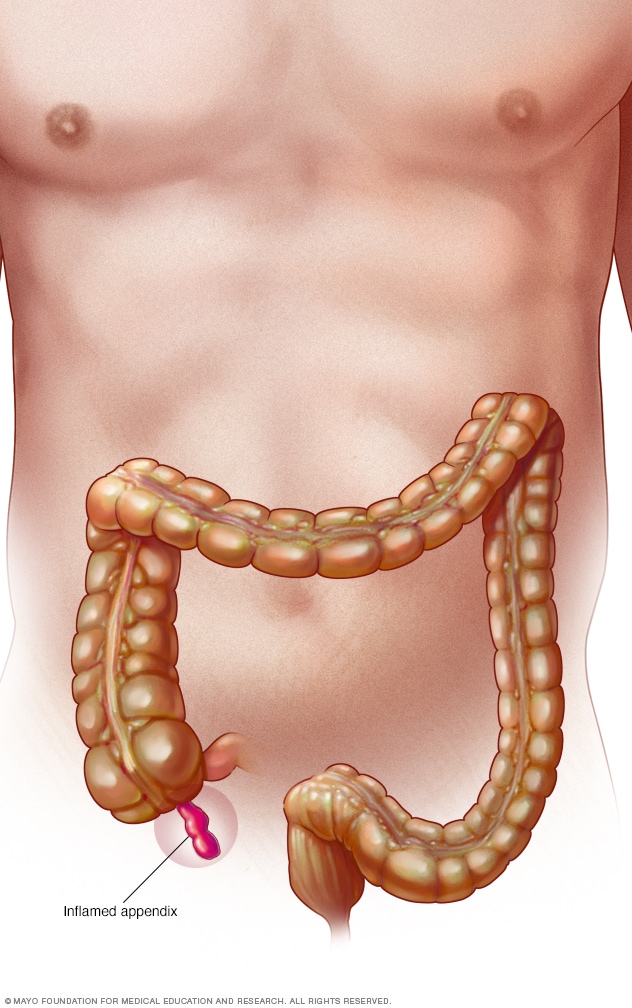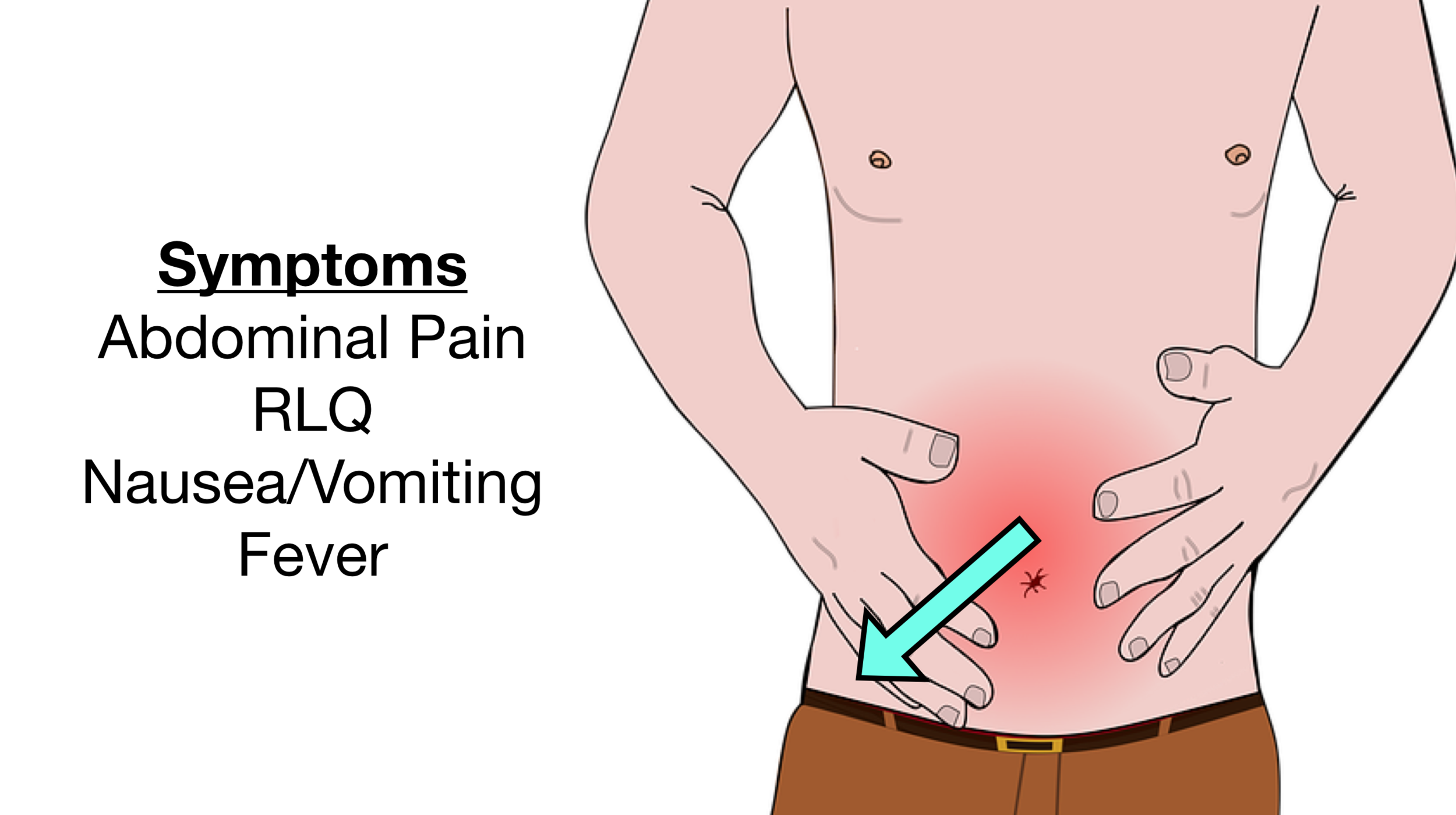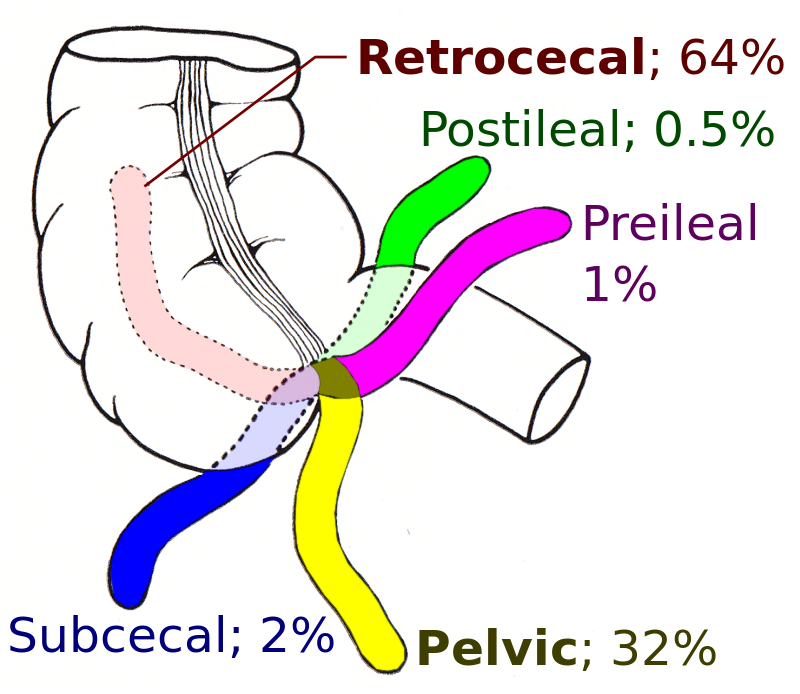What does the appendix do?
The appendix is a thin, finger-shaped tube that is attached to the large intestine in the lower right part of the abdomen. It normally varies in length from 5-10cm.
An appendix is present in over 500 species, including all great apes, other primates, rabbits, opossums, and wombats. Though, interestingly, it is not present in cows, sheep, goats, horses, dogs, cats or monkeys.
So. What does the appendix do?
While the function of the appendix is not fully understood, it is believed to play a role in the immune system, specifically in the development and maintenance of gut-associated lymphoid tissue (GALT), which helps protect the body against infection.
Additionally, it may serve as a ‘safe house’ for beneficial gut bacteria, which can help repopulate the intestines following a bout of illness that has wiped out the bacteria population.

However, it is important to note that the appendix is not considered an essential organ, and it can be safely removed without causing major health problems. Though some people, after appendix removal, are more likely to have repeated diarrhoeal infection if your appendix has been removed.
Appendicitis and Appendectomy
In fact, removal of the appendix is a common surgical procedure, known as an appendectomy, which is performed to treat appendicitis, a condition in which the appendix becomes inflamed and infected.
The symptoms of appendicitis include pain in the centre and right lower abdomen, nausea, vomiting, fever, and loss of appetite.
But importantly, the symptoms of appendicitis can vary. And it can be hard to detect appendicitis in young children, older people, and women of childbearing age.
The pain associated with appendicitis usually starts colicky in nature (i.e. coming and going) around the belly button; and then moves to the lower right side of the abdomen, and becomes constant. This most often occurs 12 to 24 hours after the illness starts.

The pain and tenderness often finally settles on a spot directly above the appendix called McBurney point.
They can point in many directions giving different clinical presentations – e.g. abdominal pain in different places.
 Different directions of the appendix
Different directions of the appendix
History of the appendix
The appendix has been studied for centuries. In 1492, Leonardo da Vinci depicted it in his anatomical drawings; in 1735 Claudius Amyand performed the first recorded removal of the appendix on an 11-year-old boy.
A bit more history – appendicitis delayed a coronation
Future King Edward VII developed appendicitis (or ‘perityphlitis’, as it was called back then) in June 1902. At that time, mortality rates for the disease were over 25%.
It was about two weeks before his scheduled coronation on June 26, 1902; and Edward resisted having an appendectomy, which was then a relatively new procedure.
But a surgeon Mr Frederick Treves made it clear to Edward that he would probably die without it. Treves drained Edward’s infected abscess, without removing the organ, at Buckingham Palace. And the coronation was delayed.
Edward recovered and was crowned on August 9, 1902.
Summary
We have described what does the appendix do. We hope it is clearer now.

